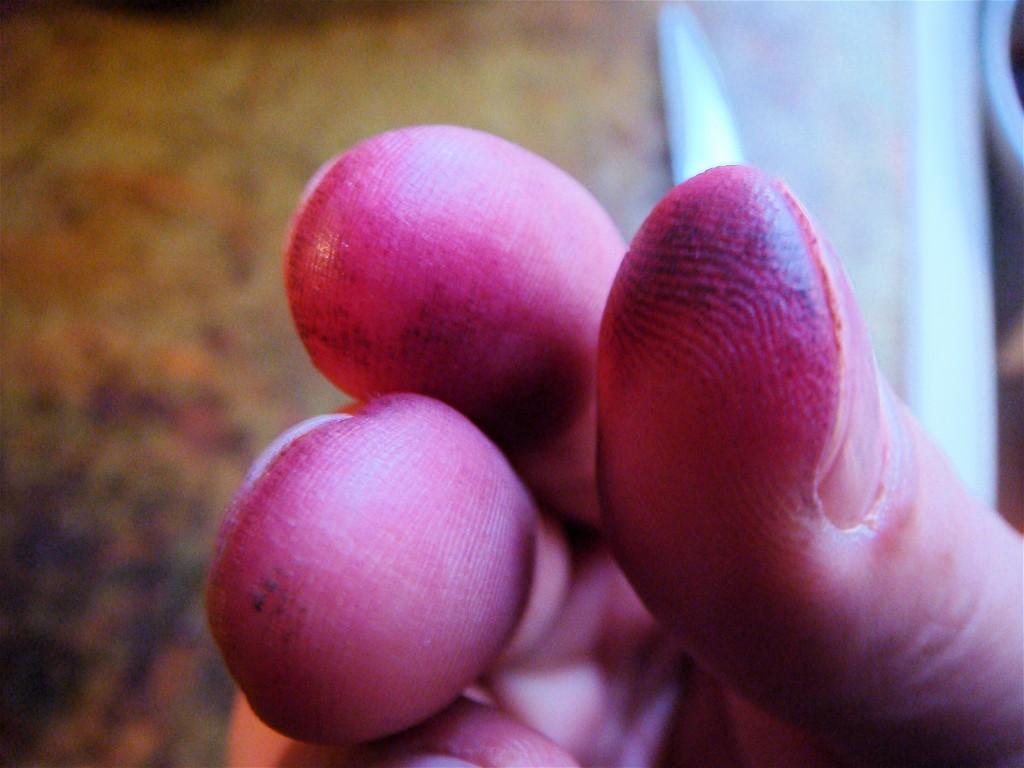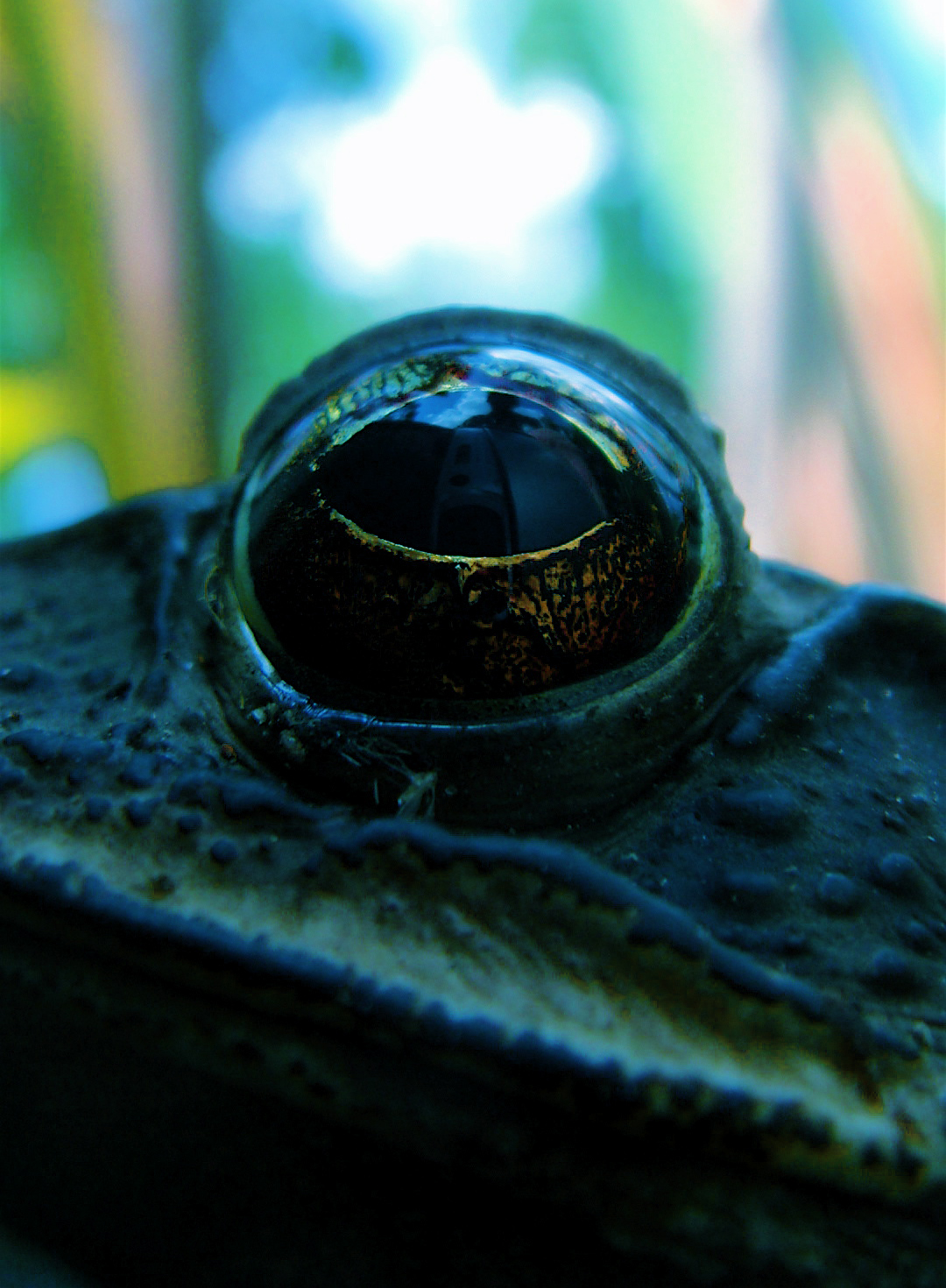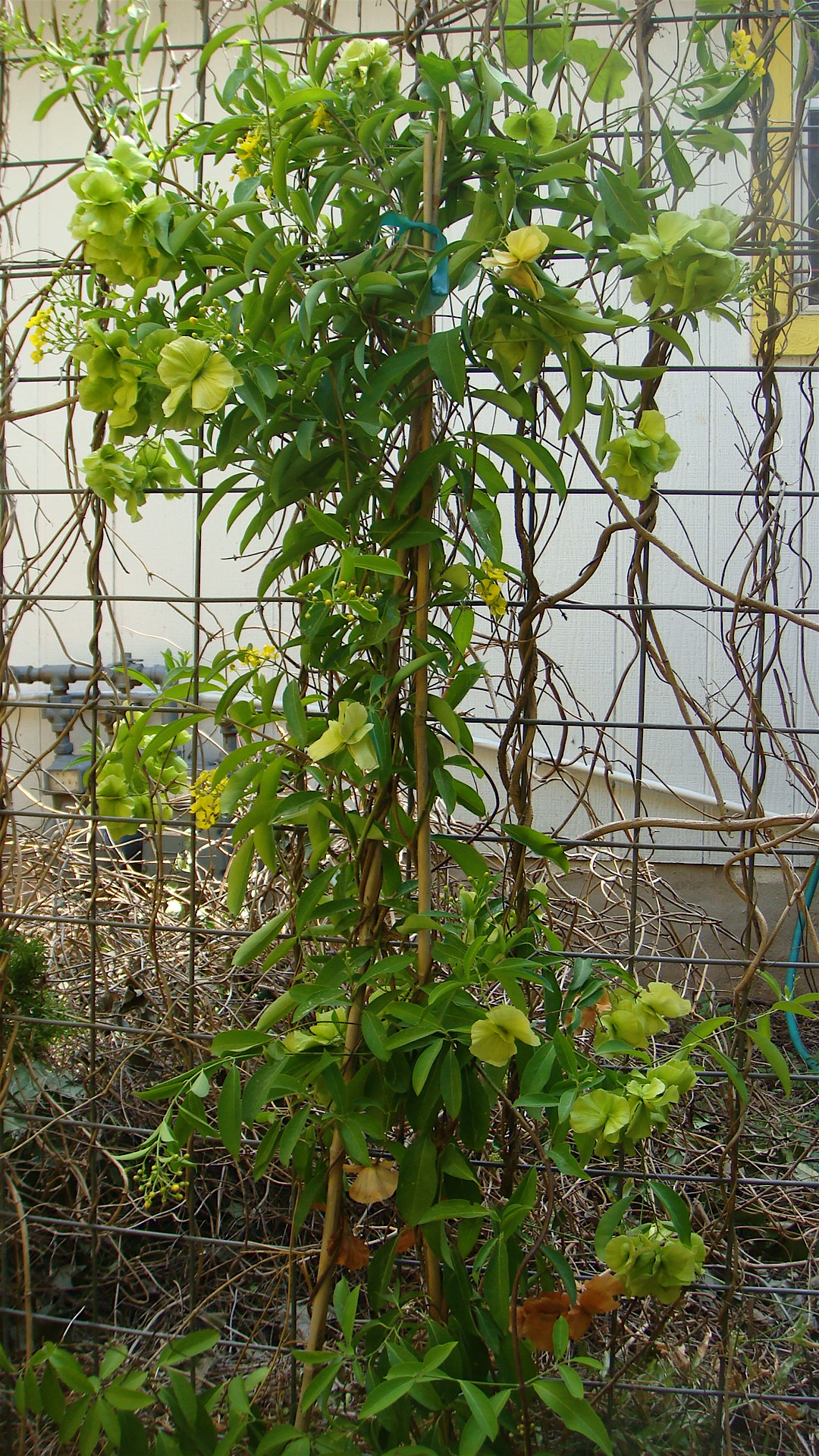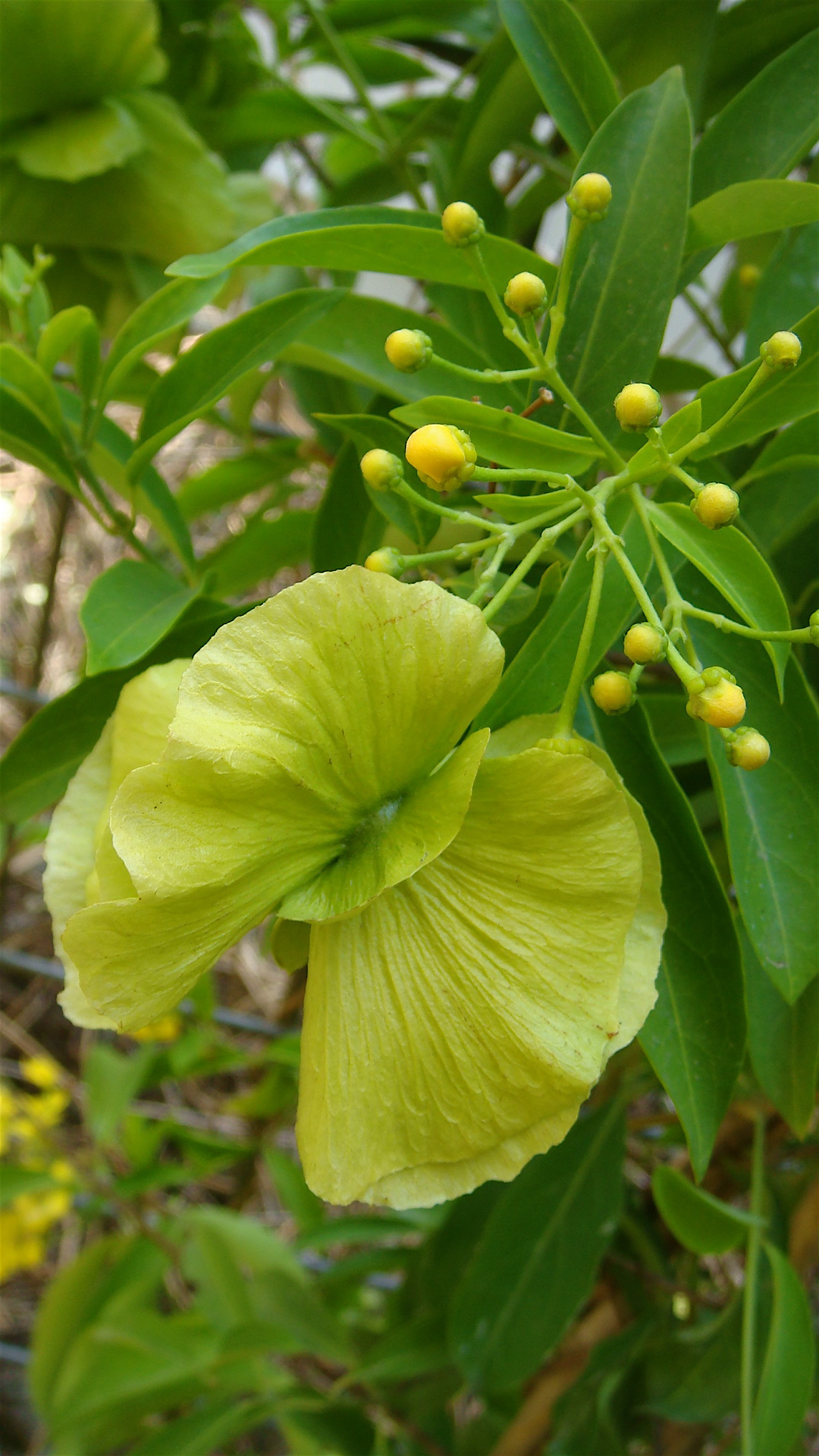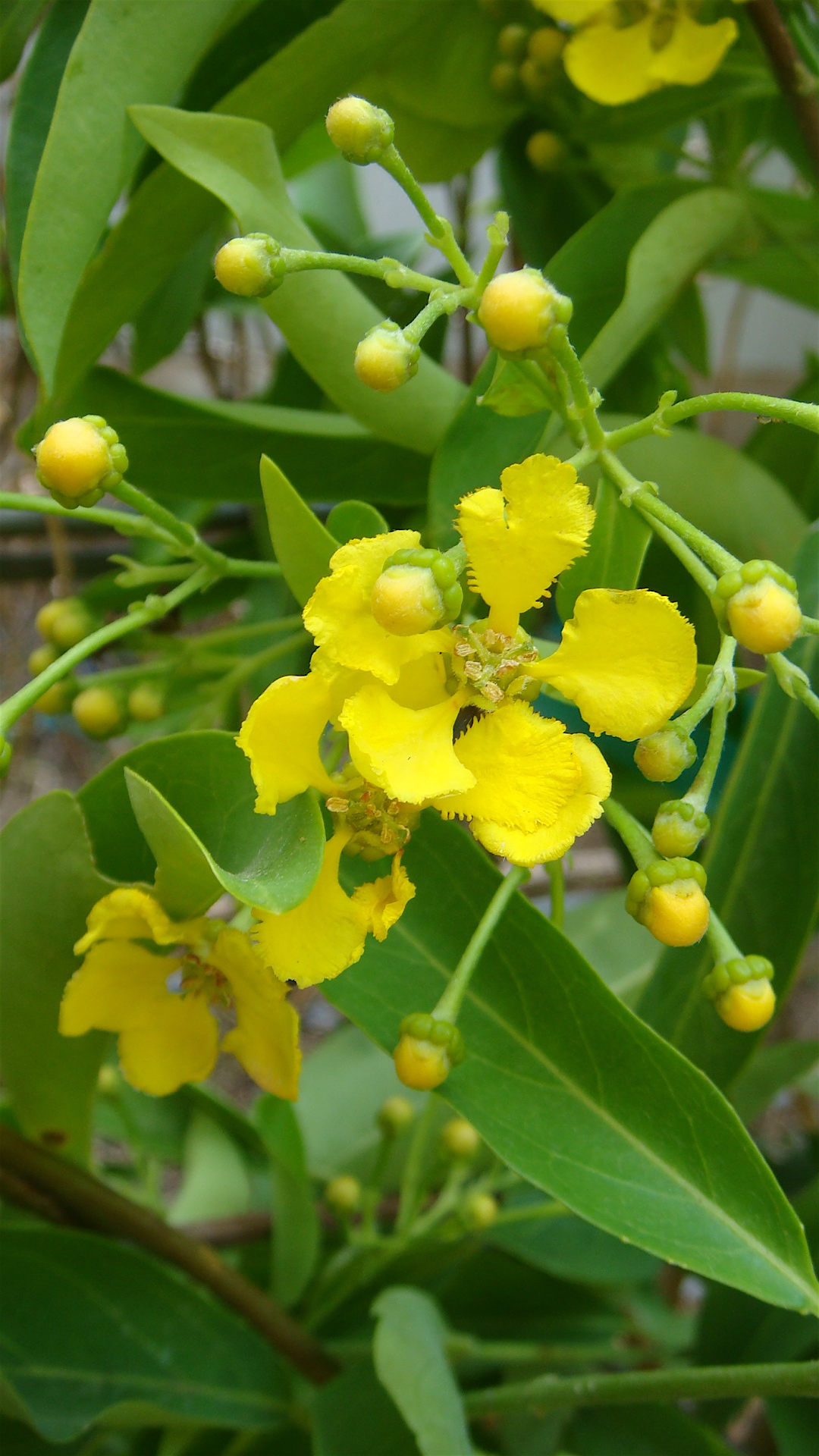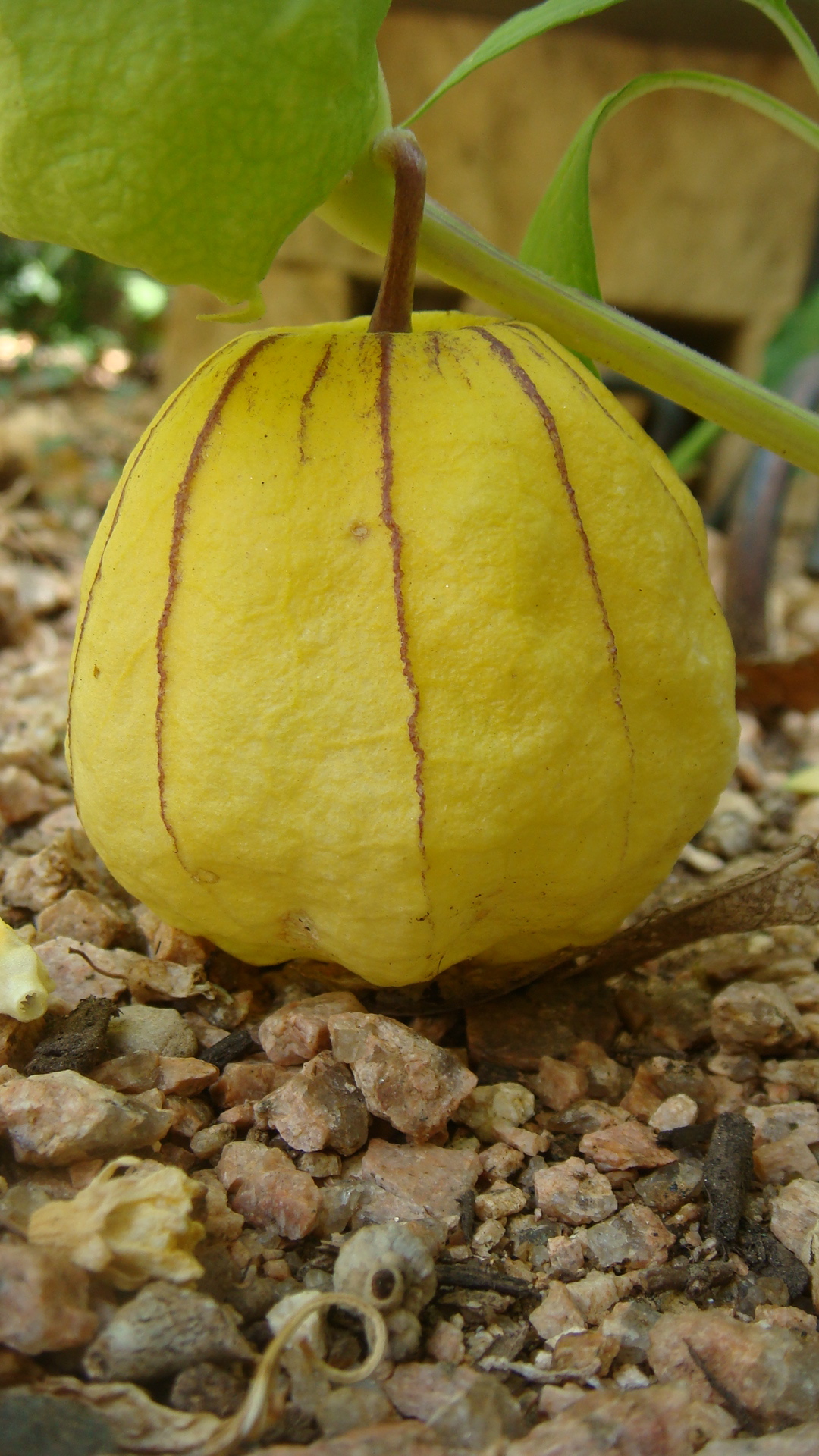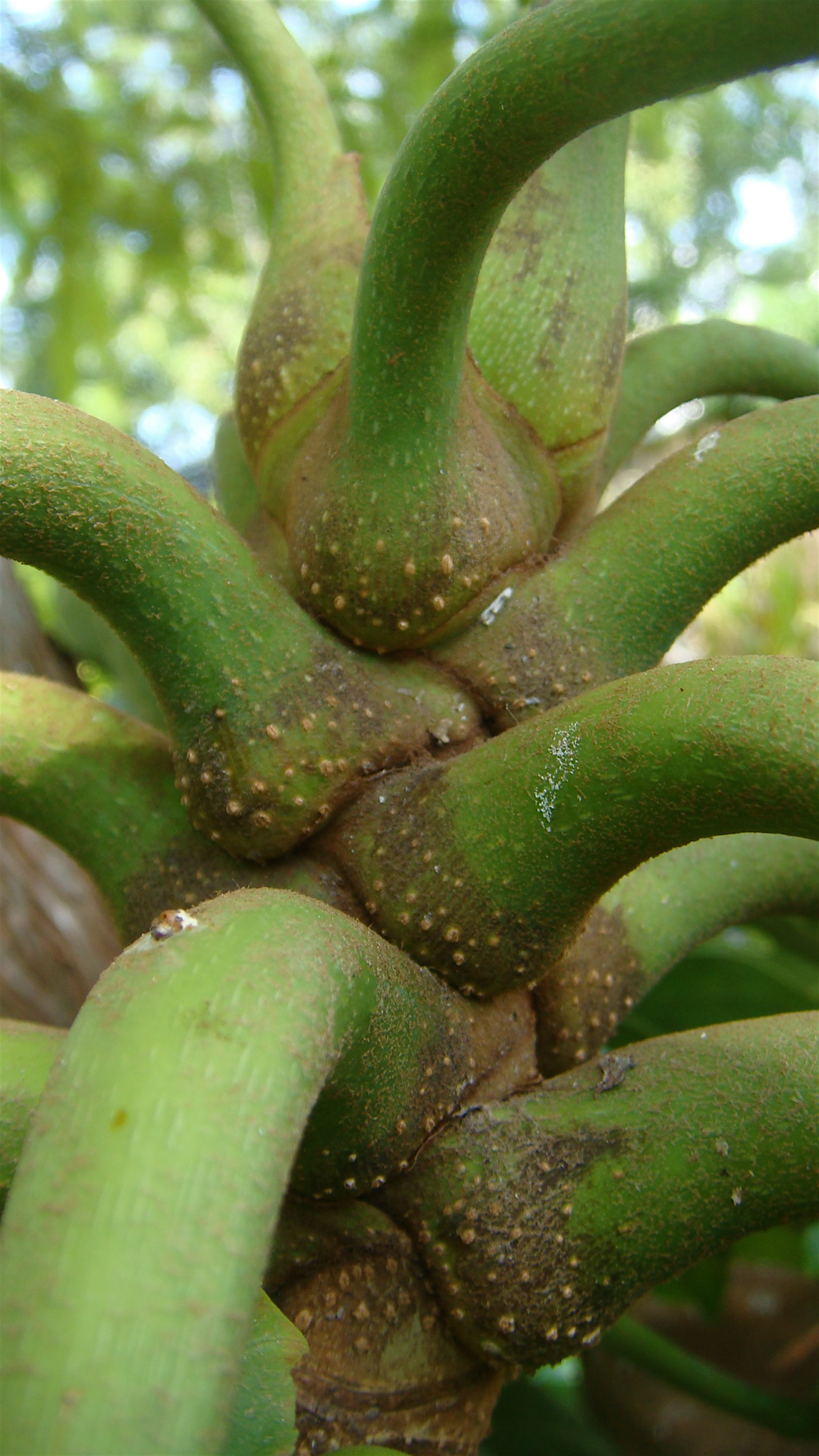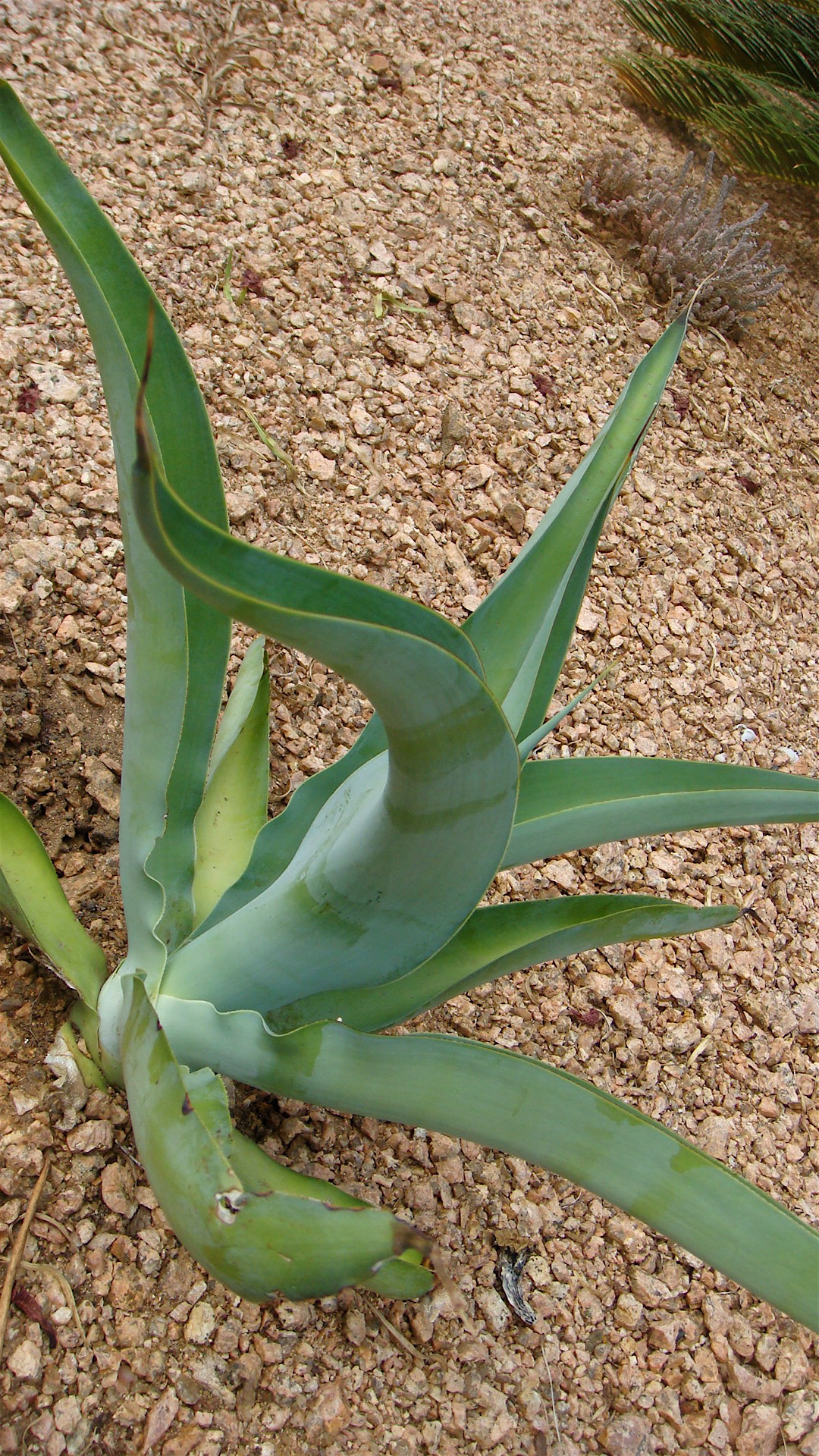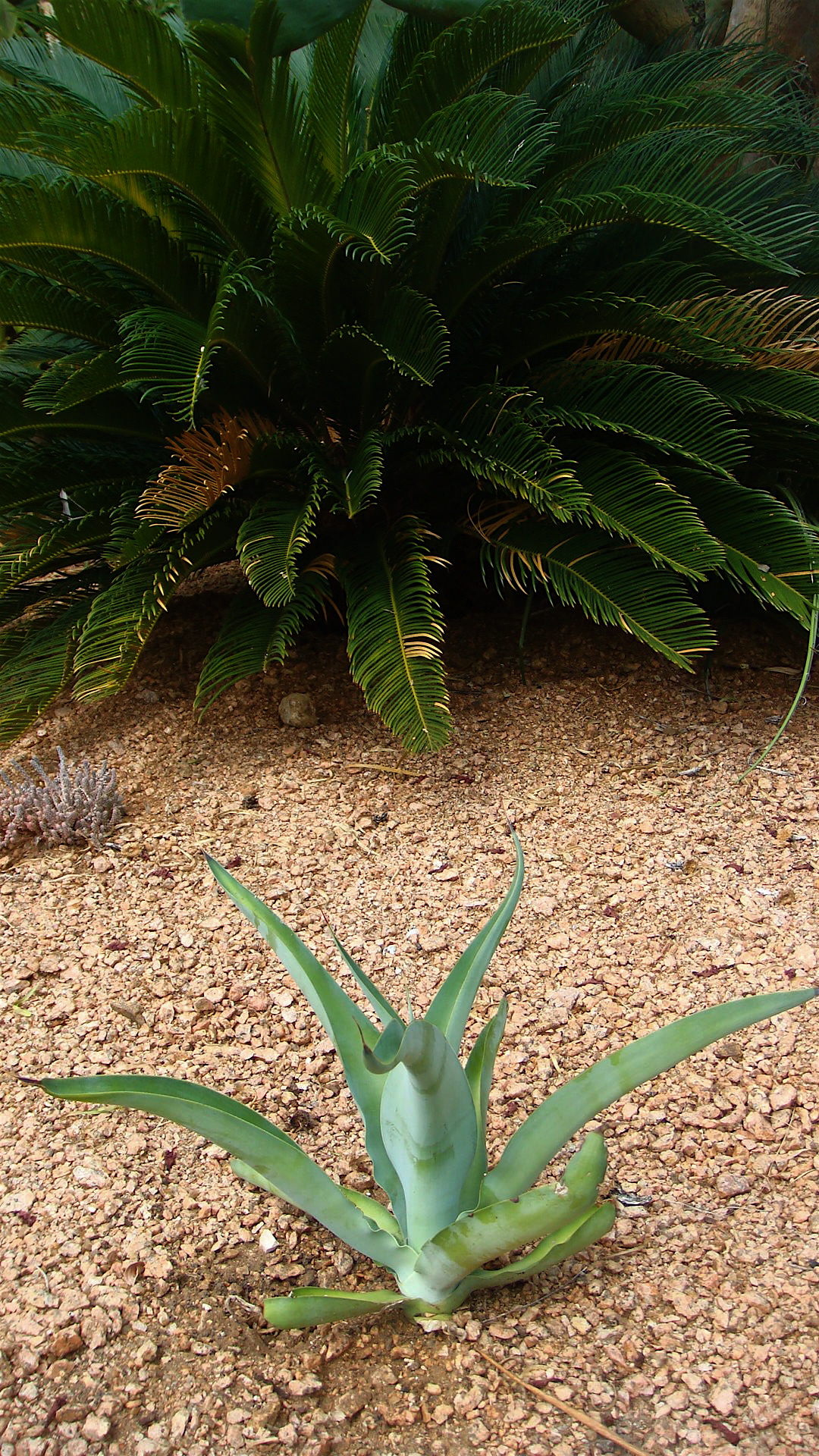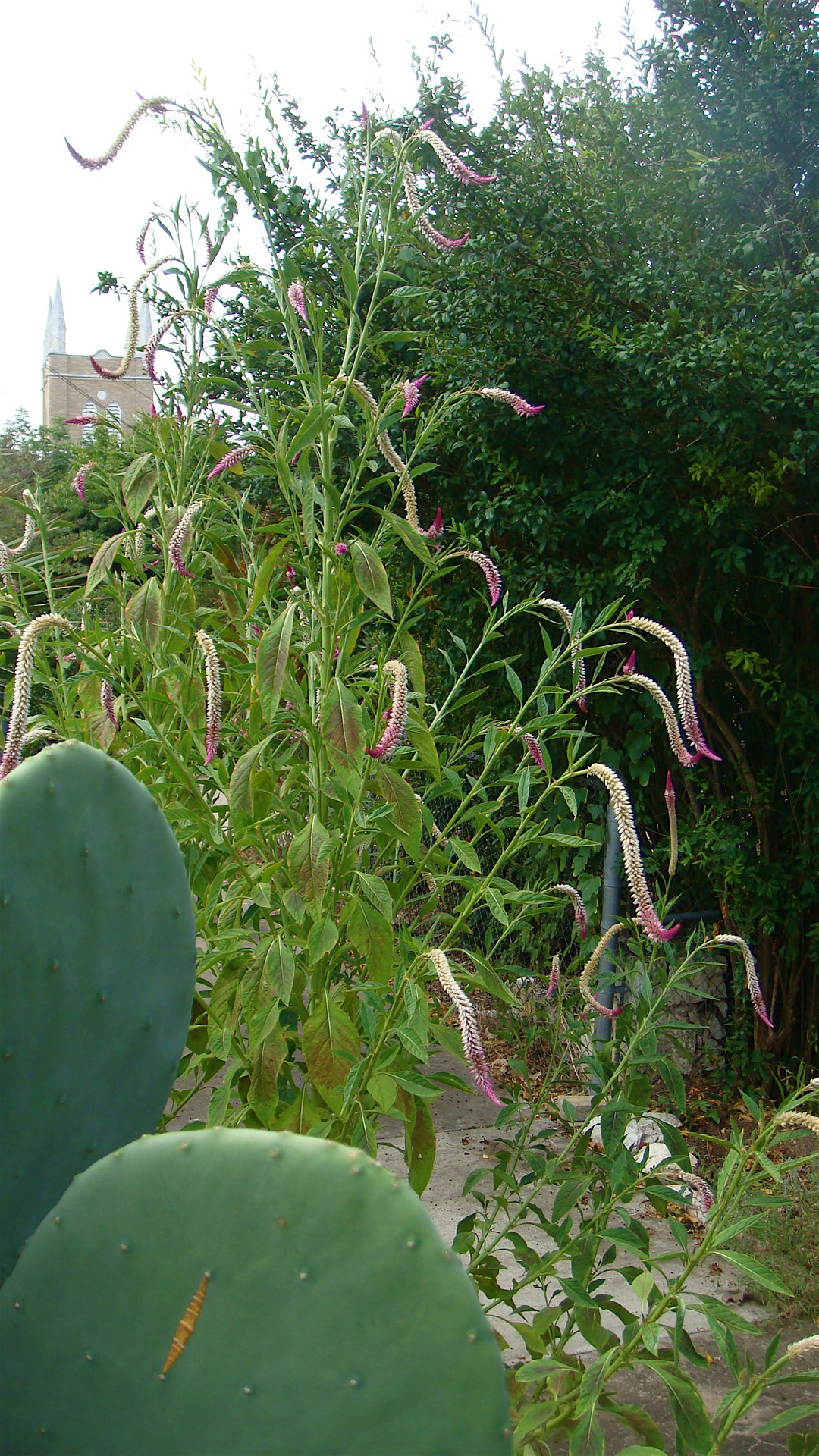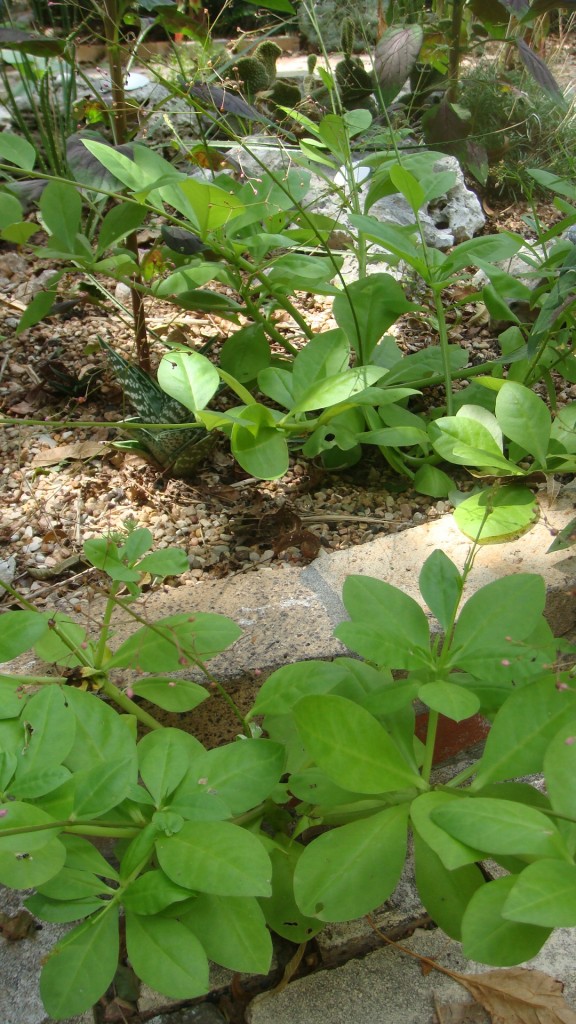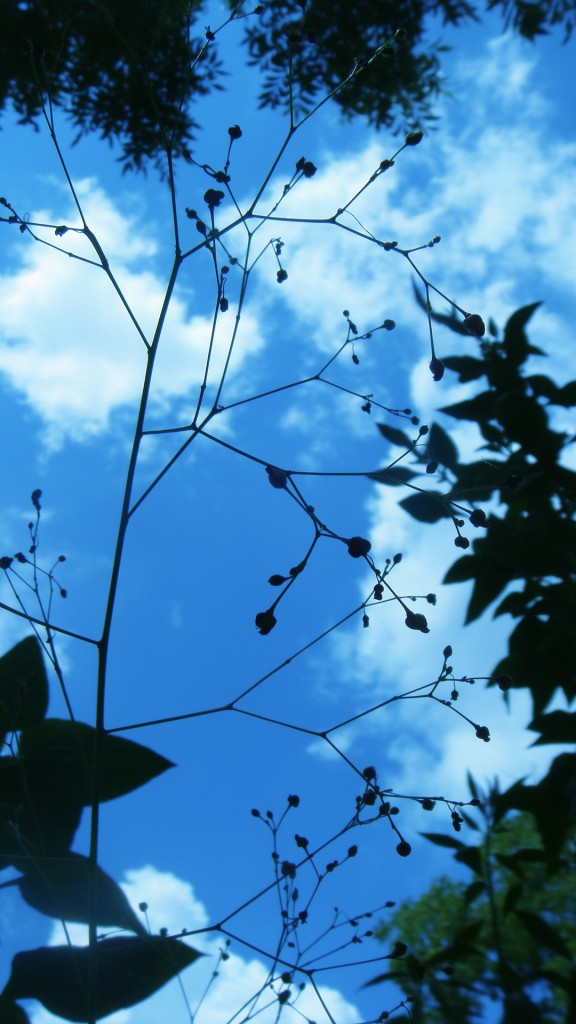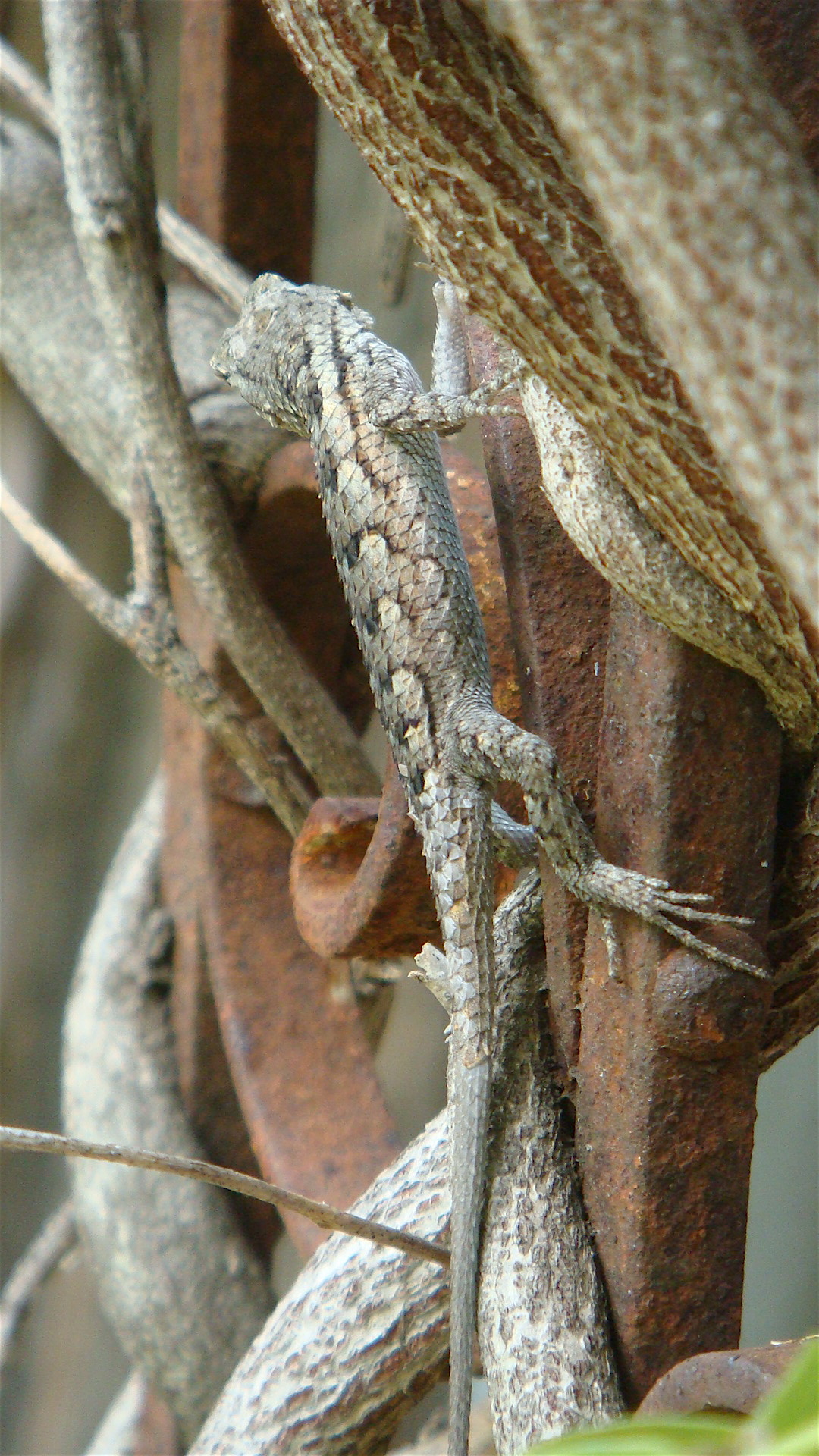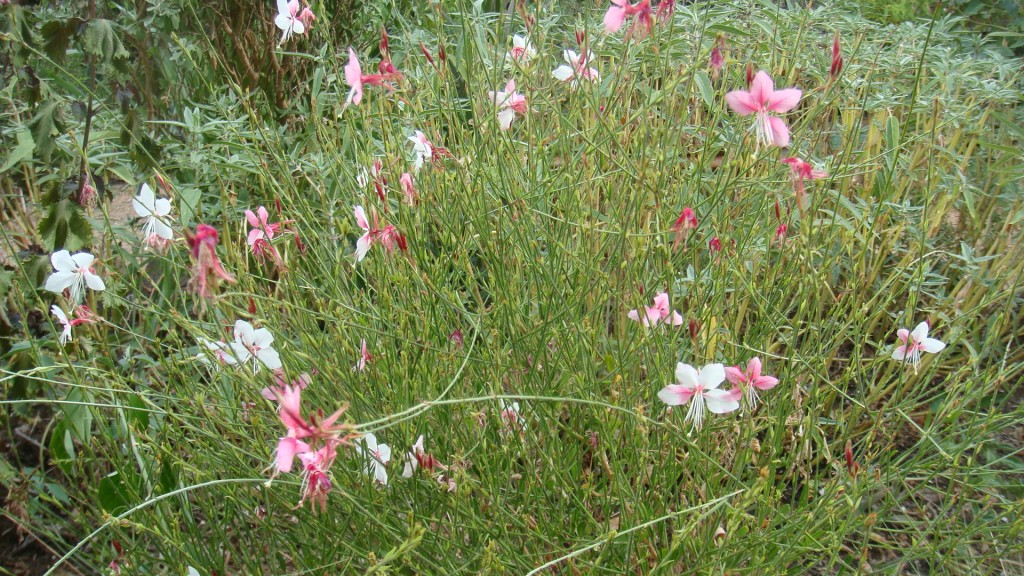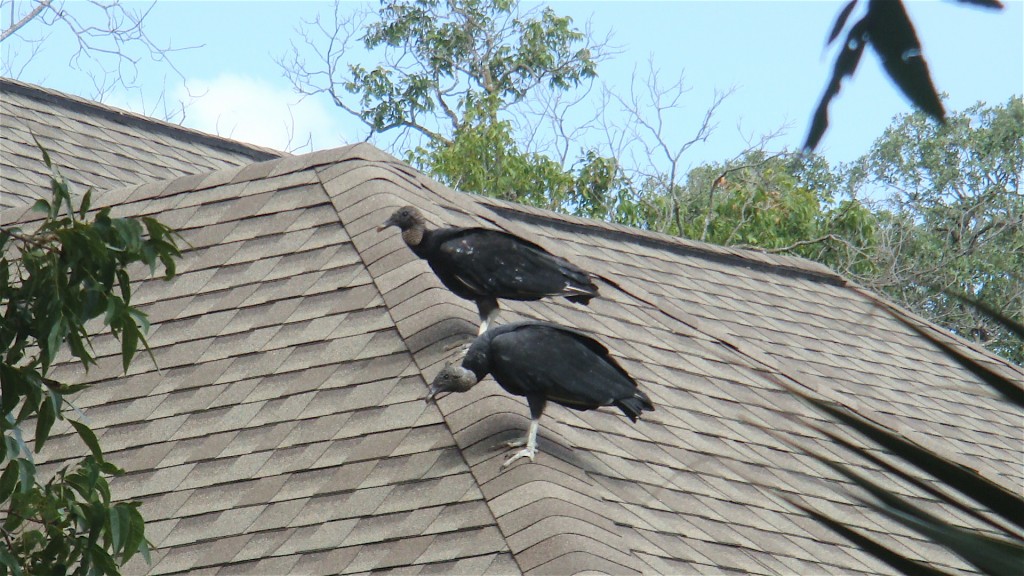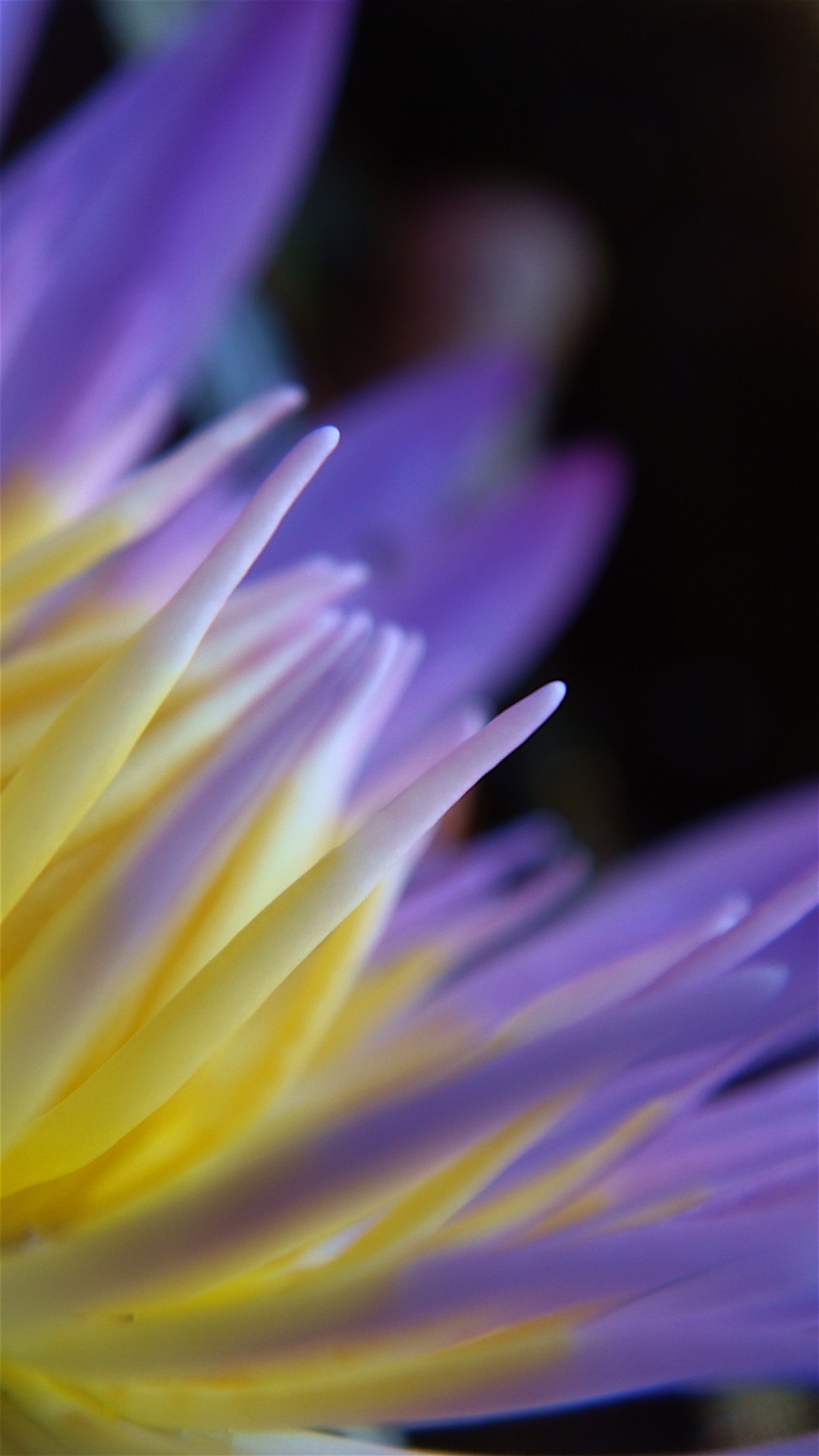Here is my photo-entry into the Gardening Gone Wild photography contest, this months theme is titled “Autumn Harvest”.
http://www.gardeninggonewild.com/?p=13636#more-13636
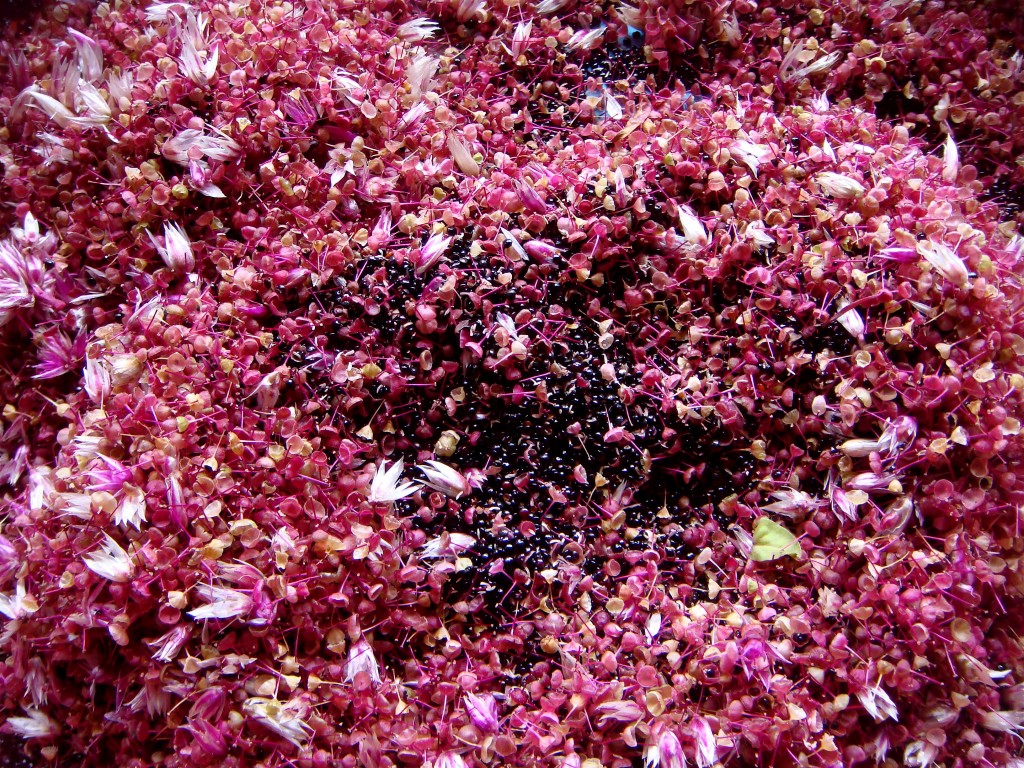
This is my annual amaranth, the “mystical grains of the Aztecs,” harvest, and it never fails to dye fingers in the Patch crimson for a few days every Autumn. The color of this harvest is incredible, and to me, indicative that we have shouldered another Texas summer and that fall has truly arrived.
Amaranthus
comprises some of the oldest and most important food crops on our planet. My amaranth produces copious amounts of these shiny jet-black seeds that resemble hematite (if you really zoom in).
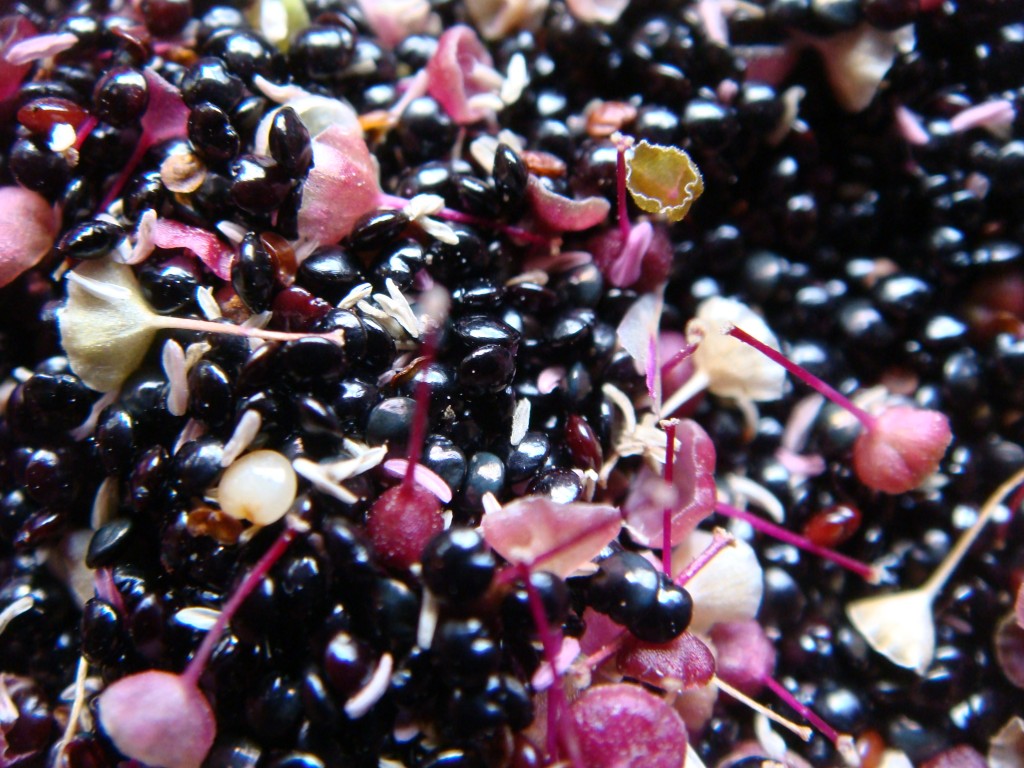 The seeds of this genus are edible and form a grain-like crop that is very popular in East Africa and India, we are only starting to find it in some organic foods stores here in the US. The seeds have a very high protein content, in fact the protein content supersedes that of conventional varieties of wheat, rice and corn. In addition to this, amaranth protein is rich in lysine, an amino acid, the plant is so abundant in lysine that it delivers twice the amount found in wheat and three times that found in corn. Not bad for a plant that is generally considered one of the world’s worst weeds! …(Surely it does not supersede Bermuda grass?)
The seeds of this genus are edible and form a grain-like crop that is very popular in East Africa and India, we are only starting to find it in some organic foods stores here in the US. The seeds have a very high protein content, in fact the protein content supersedes that of conventional varieties of wheat, rice and corn. In addition to this, amaranth protein is rich in lysine, an amino acid, the plant is so abundant in lysine that it delivers twice the amount found in wheat and three times that found in corn. Not bad for a plant that is generally considered one of the world’s worst weeds! …(Surely it does not supersede Bermuda grass?)
“Pigweed” is all I can say to that, (as it relates to my personal amaranth experience and Patch cultivar.)
Today, the amaranth plant is being subjected to various tests for agricultural development and it has been introduced to countries experiencing agricultural difficulties such as Kenya and Uganda. There are murmurings that the amaranth plant may be one answer to rural sustainable livelihood problems across the globe, but then again, I remember hemp also being touted in a similar renaissance light way back when? My purple stained fingers are crossed.
It is a great plant for fall color, one of my personal favorites, and can be a lot of unexpected fun if allowed to seed in the garden.
See you all in a few years…I am off to start an amaranth farm.
Stay Tuned for:
“Raining Beetles”
All material © 2010 for eastsidepatch. Unauthorized
intergalactic reproduction strictly prohibited, and
punishable by late (and extremely unpleasant)
14th century planet Earth techniques.
